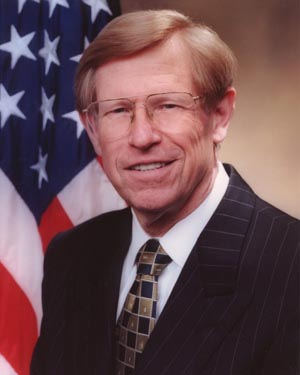Seven winning tactics from ‘Bush v. Gore’
Presidential Studies Director Barbara Perry mines the Center's just-released Theodore Olson oral history in TIME
In the plethora of challenges to state election procedures making their way to the U.S. Supreme Court, the specter of Bush v. Gore haunts the judicial landscape. The litigation over Florida’s determinative 2000 vote count resulted in two oral arguments before the highest court in the land, and placed George W. Bush in the Oval Office. With nearly 400 election-related lawsuits filed this year, many over the question of which votes will be counted, a close result on Election Day could once again leave the Supreme Court in a position to issue a ruling that determines who occupies the White House for the next four years.

Bush’s lead counsel in both 2000 cases, renowned Supreme Court advocate Theodore B. Olson, just released to UVA’s Miller Center an oral-history interview about the crucial role he played in that astounding Supreme Court drama. As the nation faces the possibility of another contested Presidential election, Olson’s unique insights provide a roadmap for attorneys who might find themselves pleading the case of who should win the Presidency. Here are seven tactics, in his own words, that he used to win the litigation.
Bring deep knowledge of election law to the argument. “I had helped out in a case from Alabama a couple of years before,” Olson explained. “It concerned an election dispute involving the Alabama Supreme Court, which had gone all the way to the Eleventh Circuit [U.S. Court of Appeals], where the rules were changed after the election, involving the counting of absentee ballots. [T]here was an issue about whether signatures on absentee ballots had to be notarized or not. Before the election they had to be notarized, and after the election they weren’t …. The Eleventh Circuit, which was where we were in Florida, had found that process violated the Equal Protection and Due Process Clauses of the Constitution. I felt that that was a predicate . . . to file a federal lawsuit, trying to stop what was going on [in Florida], what we thought was unfair rule changing after the election ….”
